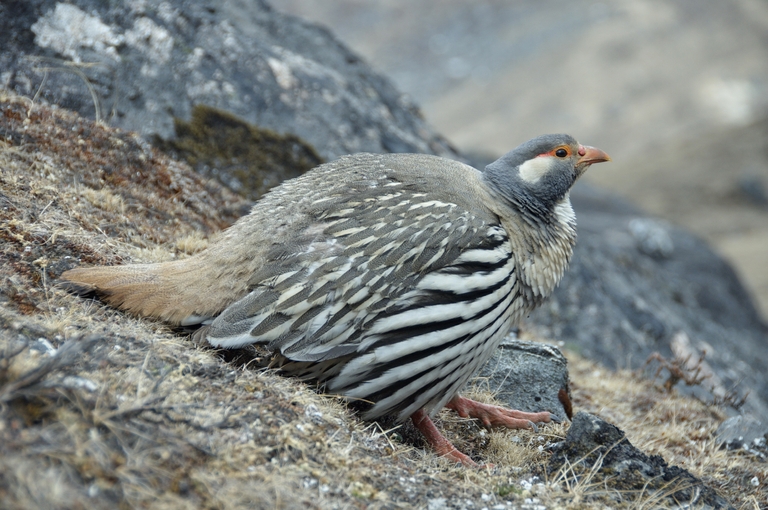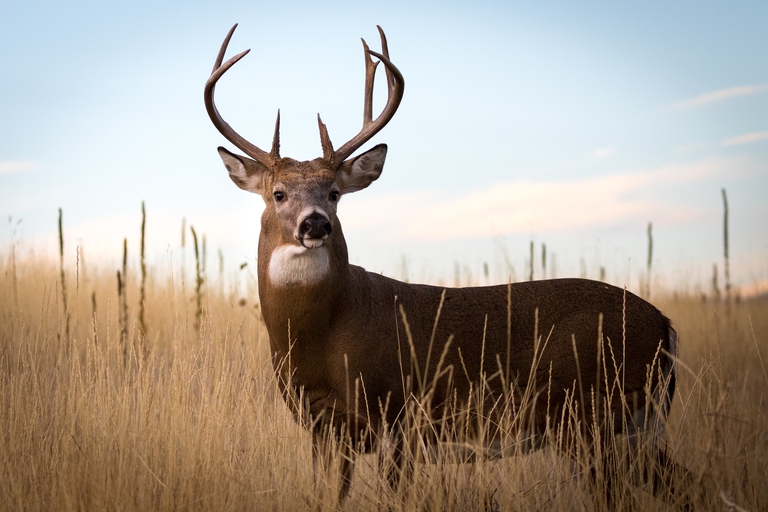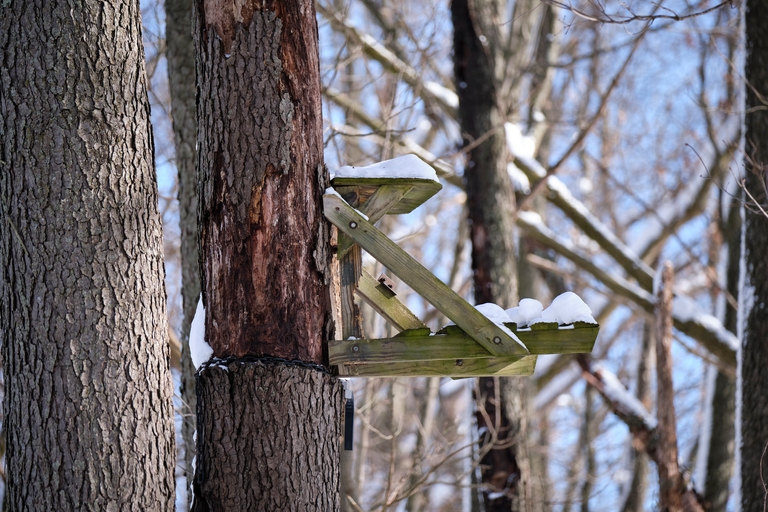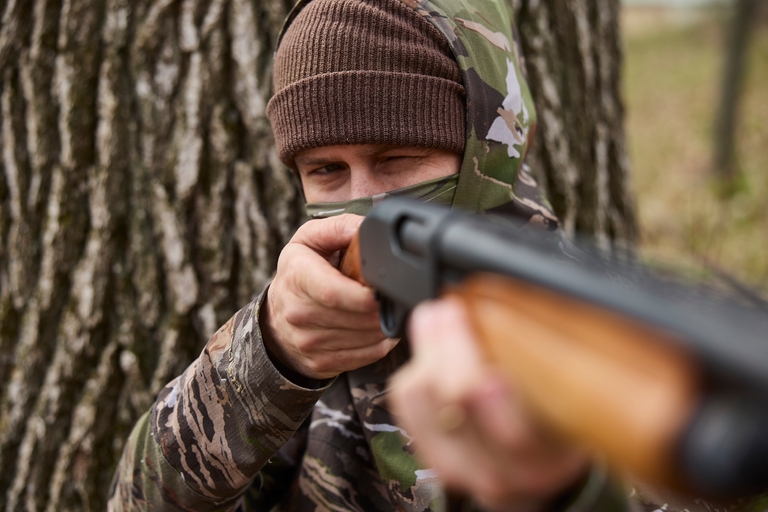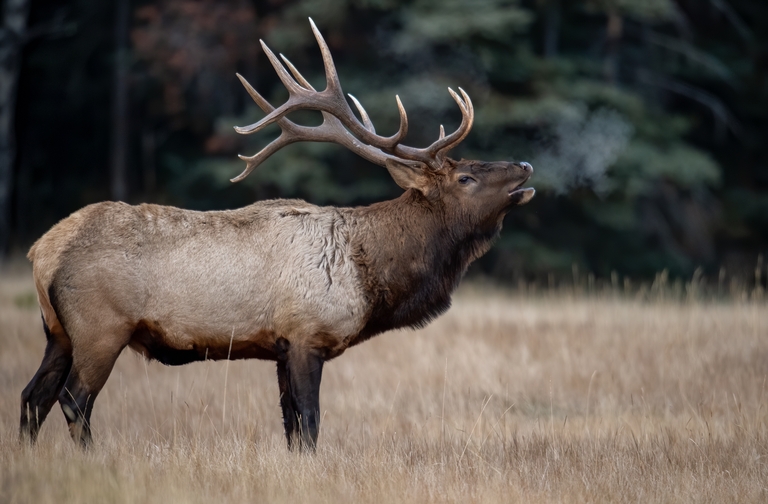Hunter Tip: Knowing Where to Shoot a Deer
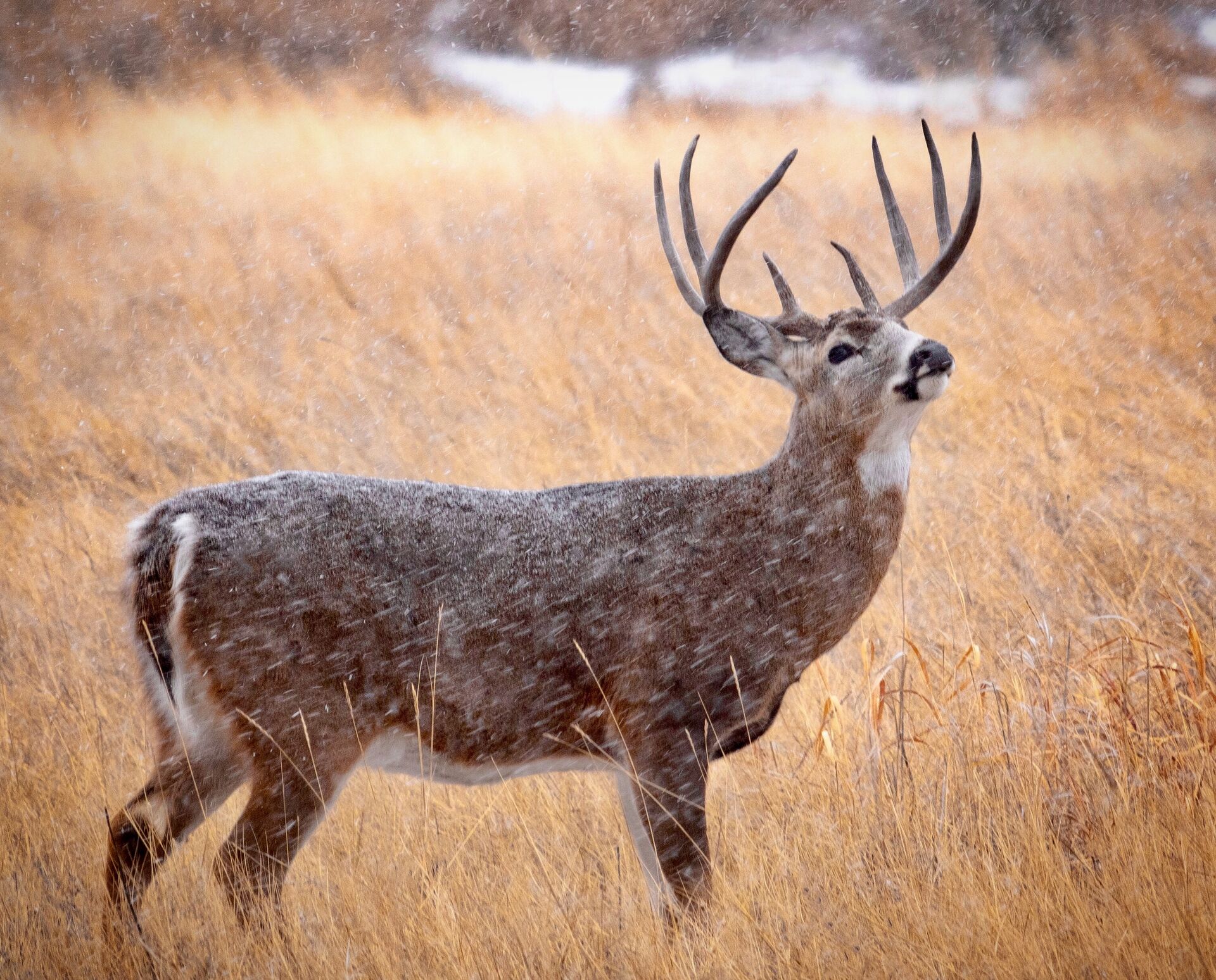
Knowing where to shoot a deer is step one in practicing ethical hunting.
A responsible hunter reduces the chance of wounding the animal to ensure a clean, quick kill. Shot placement plays a huge part — since it's the critical moment the rest of the hunt builds to.
By knowing the anatomy of a deer and mastering the fundamentals of shot placement, you'll uphold ethical standards, reduce unnecessary suffering, and ensure proper conservation practices. Let's learn how.
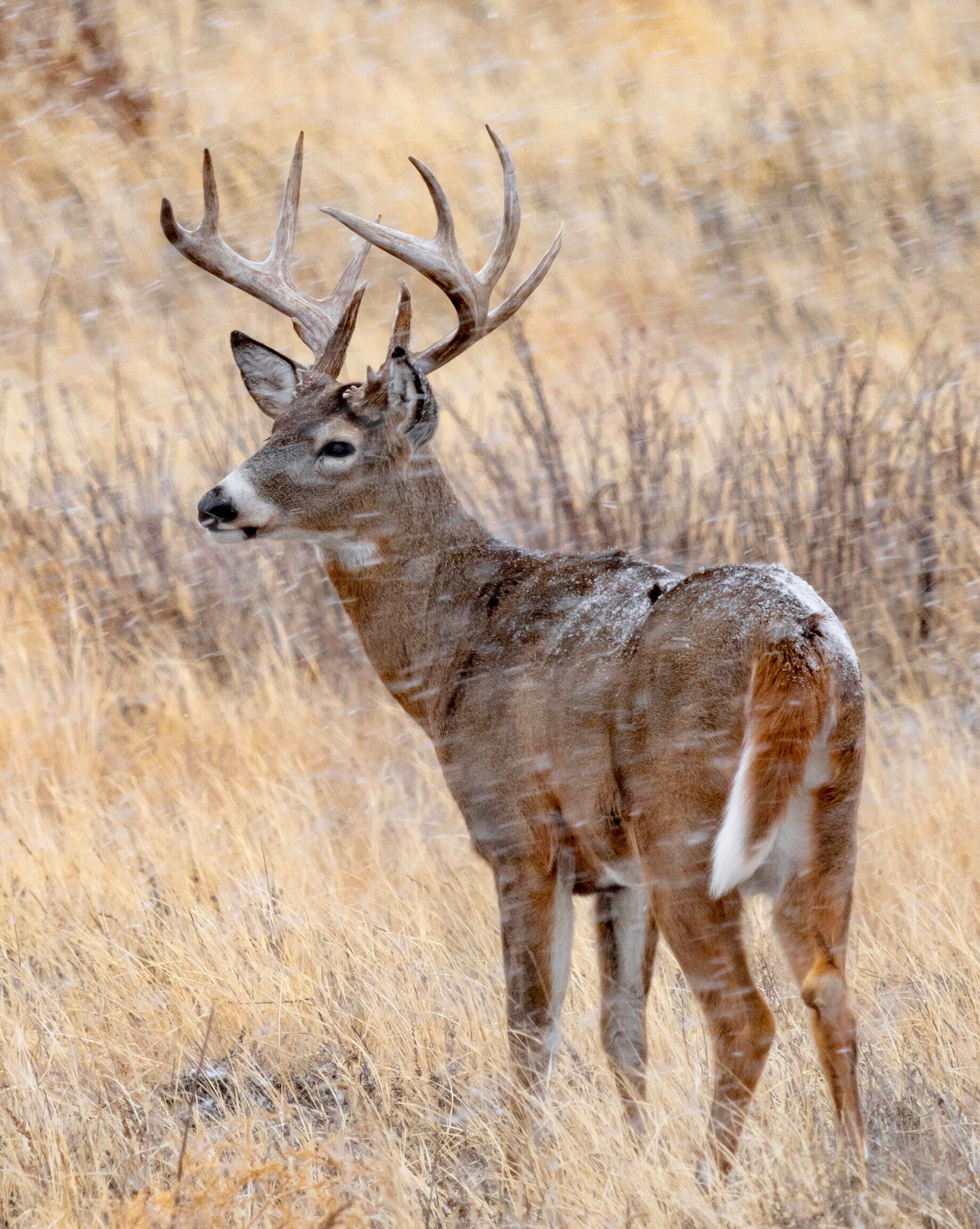
The Importance of Proper Shot Placement
Accurate shot placement is critical for a humane kill where the deer experiences minimal suffering. Good shots give you a better chance of coming home with a full cooler and preserving quality by avoiding shots that damage the meat.
The best hunters take their time and wait for the perfect opportunity, avoiding rushed or misplaced shots. New hunters must learn this skill.
Vital Organs for a Fast and Ethical Kill
The heart, liver, and lungs are the most effective vitals to target for a quick kill.
- Heart: Sitting just above and slightly behind the shoulder, the heart is a small but deadly target. A direct hit to the heart results in rapid blood loss, and deer rarely run more than 50 yards.
- Lungs: The lungs offer a bigger target area, making them easier to hit. A shot through the lungs leads to a fast death from suffocation.
- Liver: A deer shot in the liver can run a long way, but it'll eventually die. Just don't walk them up too soon. Be patient before tracking a liver-shot deer.
These vital organs keep the deer alive, and disrupting their function leads to a swift, humane end with a good chance of recovery.
Understanding Deer Anatomy
Understanding basic deer anatomy is important for effective shot placement. Knowing where the heart, lungs, liver, spine, and major blood vessels are helps hunters visualize the ideal target zone.
Aiming just behind the front shoulder increases the chances of hitting both the heart and lungs, maximizing the chances of a successful, ethical shot.
Optimal Shot Placement
Taking the right shot matters. Remember the following tips for ideal shot placement when the time comes.

The Broadside Shot: An Ideal Angle
The broadside shot is the best shot to take when deer hunting.
When the deer is broadside, you have a clear view of the vitals, with a cleaner shot that avoids larger bones and muscles. It offers the highest chance of striking both the heart and lungs and bettering your chances of recovery.
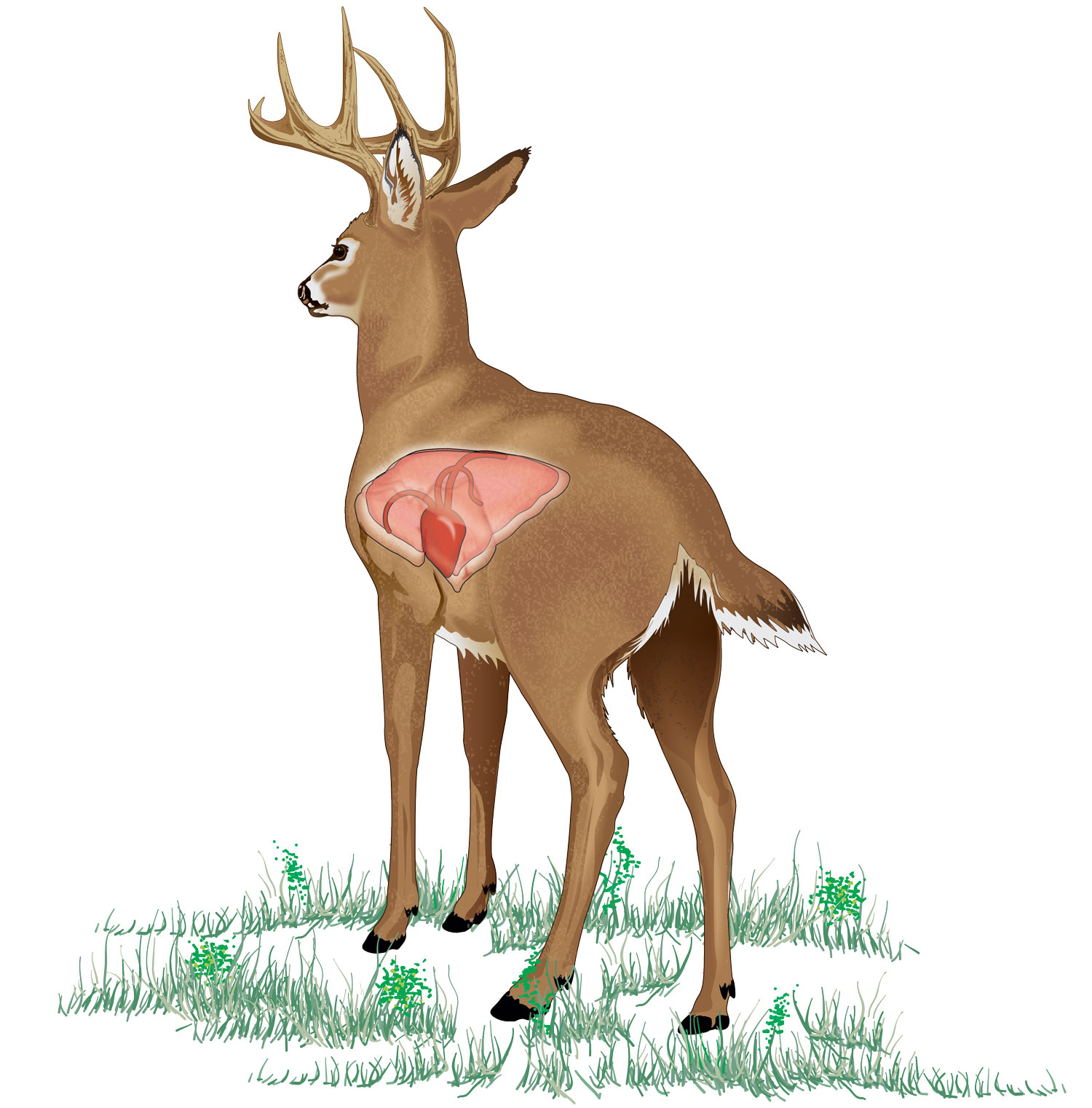
A Quartering-Away Shot: An Effective Alternative
In some situations, a quartering-away shot is the best option.
When the deer is facing away, the angle allows the arrow or bullet to pass through the rear of the rib cage, penetrating vital organs as it exits the front shoulder area. This angle increases the chance of hitting both the heart and lungs, maximizing internal damage for a quick kill.
Avoiding Gut Shots
A gut shot is the worst possible outcome for the deer and the hunter. It results in a slow, painful death for the deer and can make recovery a nightmare.
A gut shot occurs when the hunter shoots too far back on the body, hitting the stomach or intestines of the deer. Sometimes, the blood remains in the cavity for many yards as the deer bolts, making tracking incredibly hard.
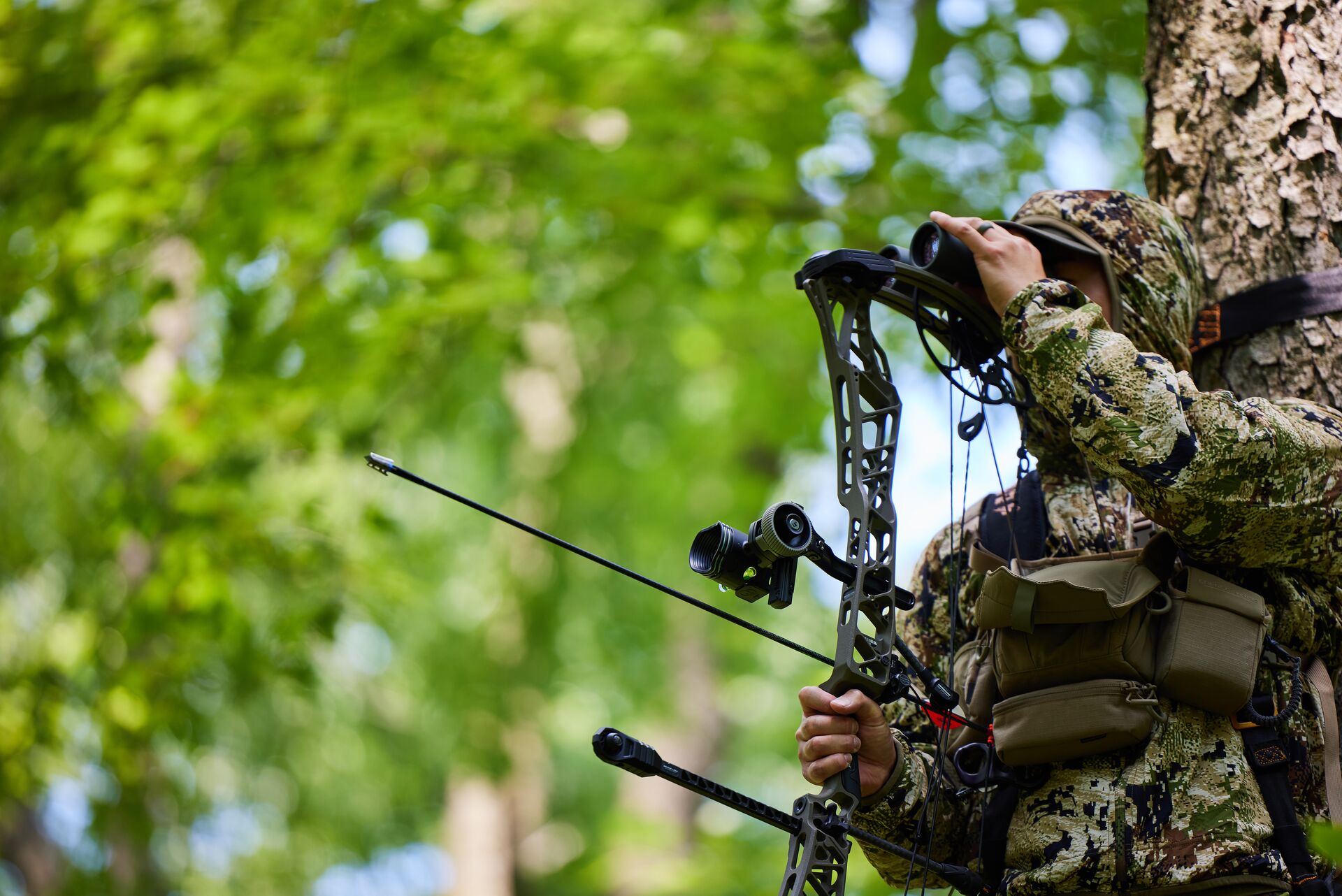
Shot Placement for Bowhunters vs. Rifle Hunters
Shot placement differs somewhat between bowhunters and gun hunters due to the characteristics of each weapon.
Bowhunters, who rely on arrows for penetration, need to be more precise in their targeting because arrows do not deliver the same level of force as bullets. Bowhunters can really only aim for the lungs or heart to get a lethal shot. With less energy behind the arrow, slight miscalculations result in the arrow failing to penetrate deep enough.
On the other hand, rifle hunters have a bit more margin for error because bullets impact with greater force and cause more damage. Still, rifle hunters should aim for the heart and lungs to ensure a quick, clean kill.
A rifle shot to the head, neck, and spine can be deadly, but ethical hunters are mindful of shot placement to avoid unnecessary suffering.
Factors That Affect Shot Placement
Several factors affect your shot placement, so preparing for real-world conditions is essential.
Some of these factors include:
- Distance: Long shots are the hardest ones. Bullet or arrow drop adds up over long distances, and hunters must account for the drop when aiming.
- Wind: Wind affects the trajectory of bullets and arrows, pushing them off course. Hunters must account for the wind's speed and direction when taking a shot.
- Deer Movement: Bucks rarely stand still, especially when they know of the
hunter's presence. Waiting for the deer to give you a clear shot at the vital organs is the secret to recovering more deer, so be patient.
Consistently overcoming these factors requires practice and experience in various scenarios, so get out and hunt as often as you can during the season!
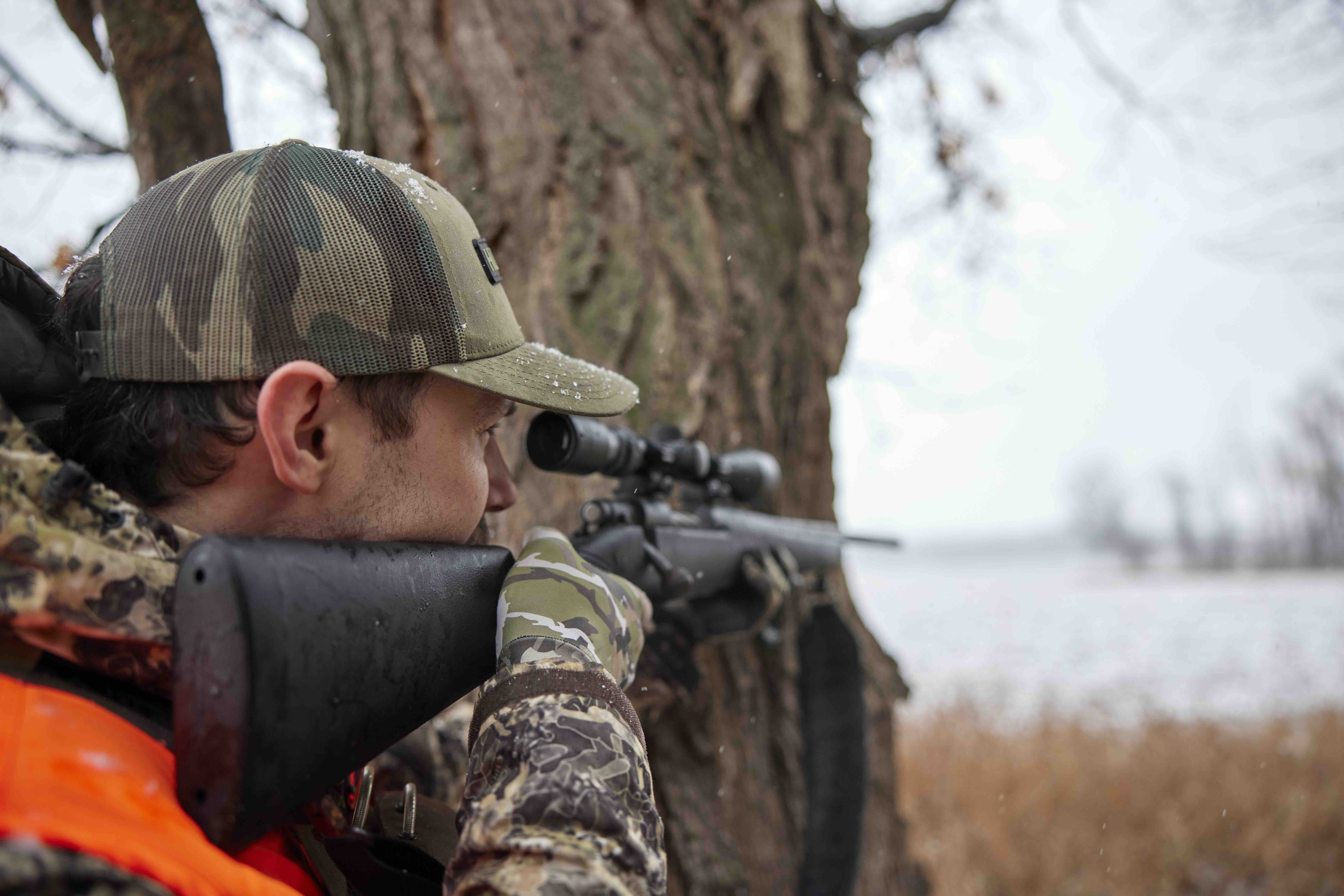
Practice Makes Perfect
If you can't get out and hunt as often as you'd like, prioritize spending time at the range — especially during the off-season to keep your skills sharp. By honing your accuracy and becoming familiar with the anatomy of a deer, you become a better all-around hunter.
3D deer targets are especially beneficial because they simulate the experience of a real hunt. They are great for practicing shots from stands at home and getting used to broadside or quartering-away angles.
Also, try to practice in different weather conditions and varying distances to prepare for the unpredictable nature of the outdoors. Frequent practice helps build your skills, so practice as much as possible.
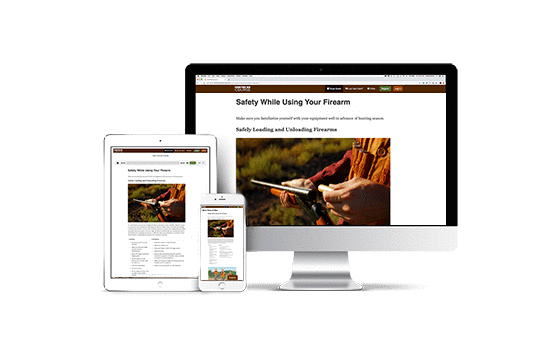
Know Where to Shoot a Deer and Practice Good Safety In the Field
Knowing where to shoot a deer is one of the building blocks of a successful and ethical hunt. Practice with your bow or rifle, and remember that aiming for the heart and lungs ensures a quick, humane kill.
Patience, practice, and a good grasp of deer anatomy are foundational to improving your shot placement. However, becoming an accurate shooter is only part of success in the field. Hunters must also know how to stay safe when lining up a shot.
To learn more shooting skills and hunter safety essentials — and to get your hunting license in most states — take a hunter safety course. It's one of the best ways to learn what states require hunters to know before heading out for a hunt.
Hunter-Ed makes it easy to learn and get your hunter education card! Our online courses are informative and engaging, covering a wide range of topics that help you protect yourself and others in the field. Choose the course for your state and start learning with our free online study guides.

